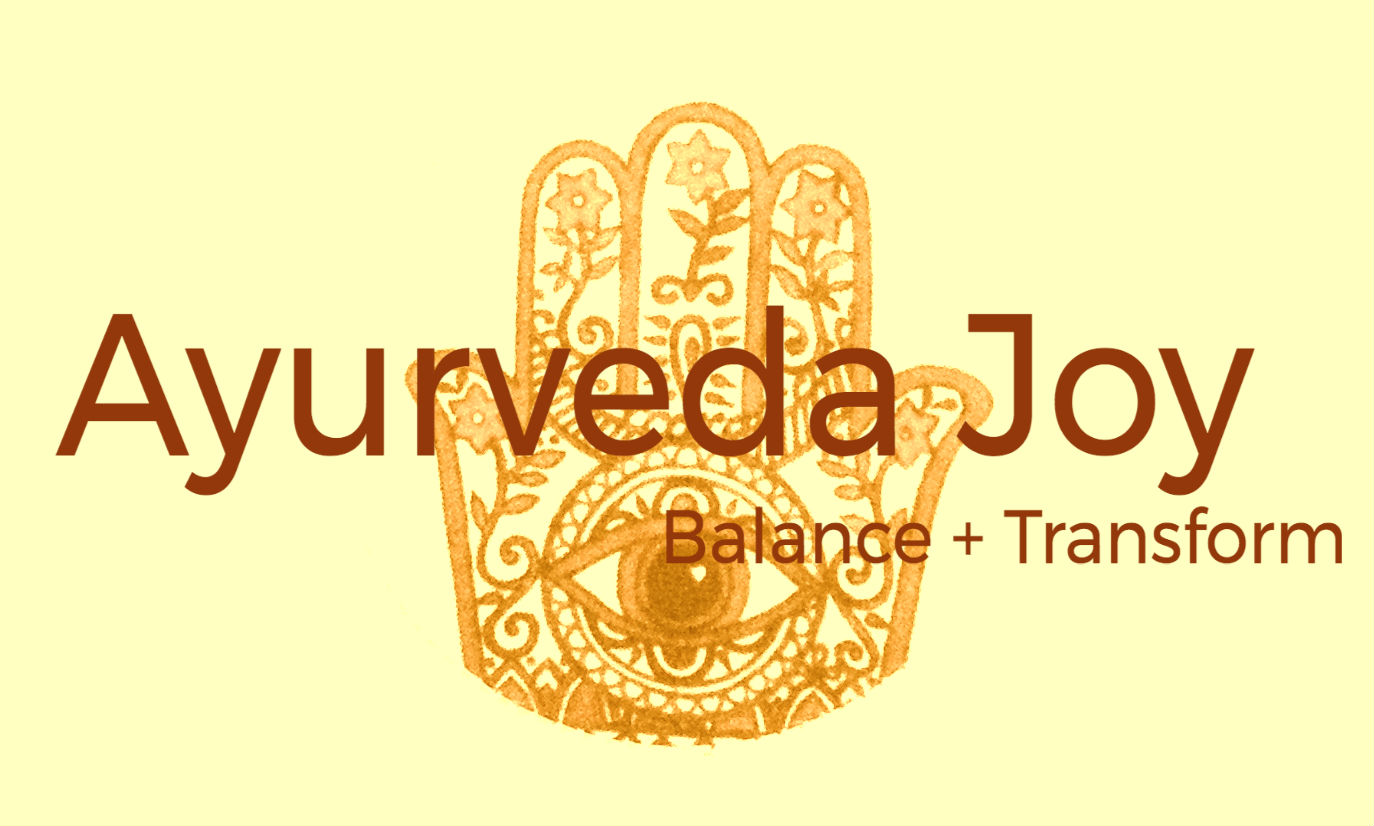Ayurveda for the Spring
Spring is traditionally a time for new life and renewal. Envision spring to be a time for weeding the garden (de-cluttering and cleaning) and for sowing the seeds and establishing roots (setting intentions and new routines) for the season ahead after the months of hibernation and stagnation that is winter.
The Earth is getting closer to the sun and the days are getting longer. The long cold darkness of winter is fading but the heaviness can still remain with us for a time. This reflects in our bodies, our minds, our homes and in our relationships with others.
Doshas have a yearly cycle. There are three seasons each ruled by a dosha and Kapha represents the cool, damp months of late winter and spring. Each dosha naturally accumulates in the body during its associated season following the Ayurvedic principle of ‘like increases like’. Kapha season (water and earth) provokes excess kapha. Too much water combined with excess earth leaves us feeling heavy, muddy and full of toxins (ama) much like in nature as the frosts melt away and the rivers start to rise. There is a higher likelihood of hay fever, colds, congestion, respiratory ailments and allergies at this time. In spring, the emphasis is on cleansing the lungs and warming the kidneys.
Ayurveda works in two ways: prevention and cure. Our awareness gives the key to maintaining good health in these conditions by counterbalancing powerful environmental conditions through managing the body and mind. Becoming self-aware and administering self-care is your first step. We can counter these external influences though changes in our diet and lifestyle.
Ayurveda is actually yoga’s sister science and they work beautifully when practiced together.
By introducing qualities like hot, dry, sharp and pungent (air and fire elements) into all aspects of life during this transition, they can aid to absorb and remove excess fluid present in the body. The stagnation will be encouraged to move in the body as well as the mind.
Some Ayurvedic principles help to support you through the month ahead and the transition into spring:
o Rise early. Just as the seasons are governed by a dosha, so too are the daily cycles. Sunrise marks the beginning of the morning period, approximately 6am so aim to rise at this time to reduce kaphas’ heavy and sluggish effects – we tend to feel more lethargic when we sleep into the late hours of the morning;
o Aim to go to bed at the same time each night. The best time to get to sleep is before 10pm when kaphas’ settled energy is prevailing;
o Eat well. Aim for lighter cooked foods and warming spices. Flavour foods that are lightly steamed or stir-fried;
o Digestive spices such as garlic, ginger, black pepper, cayenne, chilli, turmeric, cumin, coriander, fennel, cinnamon, mustard, cardamom and licorice will aid in cleansing and balancing your system;
o Reducing dairy, heavy and oily foods (kapha/mucous producing);
o Avoid cold drinks;
o Use more honey (not heated higher than 80degrees);
o Eat less meat;
o Add legumes such as yellow split peas, red lentils and chickpeas;
o Introduce more yoga;
o Spring is also a wonderful time to reap the benefits of pranayama. Kapalabhati and bhastrika will bring a sense of lightness to the mind and are both very cleansing practices – perfect for the spring season;
o Reconnect; not only with self. Spring is a time to socialise after the winter hibernation;
o Dry sauna;
o Garshana – dry massage with silk gloves, dry brush or cloth;
o Try something new, embrace playfulness and adventure;
o Dress in bright colours like red, orange and yellow;
o Feed your soul; find time to read that book you’ve been meaning to, or join a class!;
o Stay warm when you venture outside in this changeable weather.
By honouring the Ayurvedic principles with sensitivity and wisdom and achieving balance though diet and lifestyle according to our nature, we can achieve health, happiness and prosperity in this life and the next. It is not wise or possible to try everything at once. Just like kapha – slow and steady is the best route to successful change.
“The ultimate constituent of the universe
is found not outside us at all but
deep within our own consciousness”
Pratima Raichur, author of Absolute Beauty

